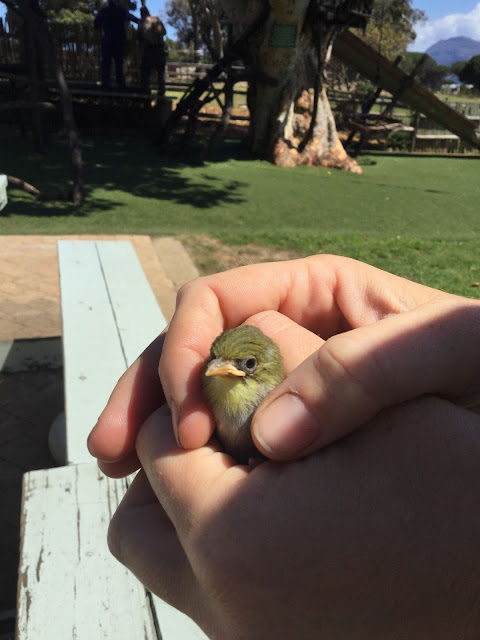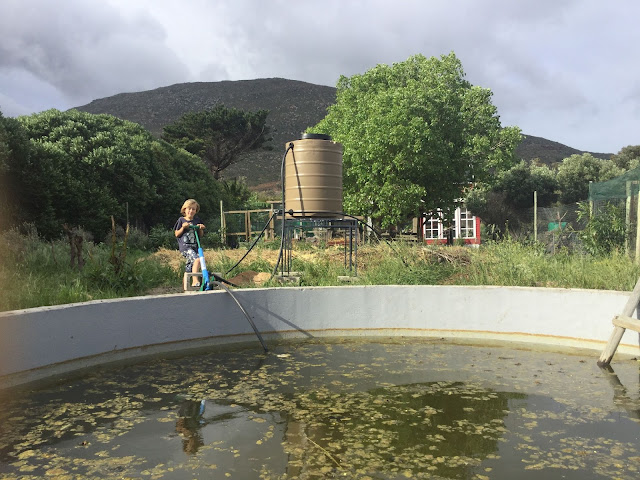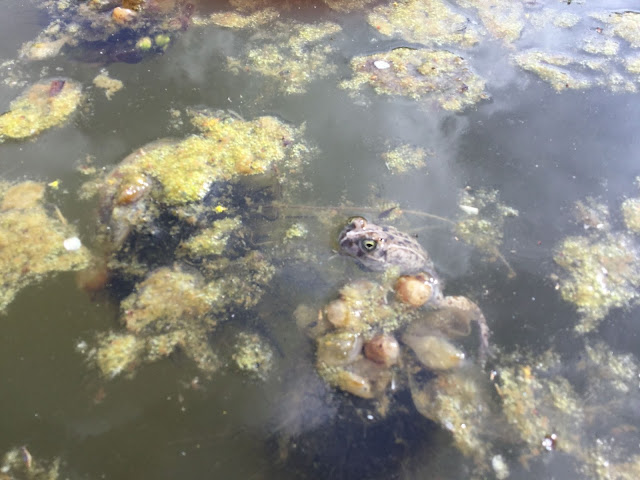We have quite a bit more space than that, though we're definitely a smallholding or homestead rather than a fully-fledged farm. Particularly because we have a lot less labour, our plans need to unfold gradually. Planning our property out has been interesting, because I want so much for the entire acre to have maximum productivity. What does maximum productivity mean, and how quickly does one get to this mythical status?
Maximum productivity is of course really subjective, and if you’re starting out I’m still thinking through if this is a helpful goal. If you’re like me, you’re not quite doing a really perfectly planned permaculture design. You’re probably not doing a permablitz where a lot of people come over and transform everything in a weekend (though hey, if you guys want to come over work on a section of our property, I'm in! I'll plan it and do the free lunch and everything). I’m into design, but it’s hard to get to design quickly or all at once. Good design dawns slowly, and changes in stages as we go. At the same time, sun and water are so important so we also don’t want to prevent future productivity by planting a huge tree or building a structure where we could actually grow good food in the future. Animals are another really challenging factor on the urban edge: where do you put walls, where do you put animals? How do you make sure you don't negatively affect neighbours?
In planning, you almost have to know what you don’t yet know. So it’s ok to make mistakes and also to have a plan that changes. It took almost two years to plan and bring in enough sticks and manure to make it work, but our vegetable garden this year is doing pretty well, and has had nothing but stored rainwater so far this drought year. We’re eating about 2kg of tomatoes every day (fresh and in sauce) for now, as well as a couple of beetroots whenever we want them (four or five a week), spinach, cape gooseberries (10-20 or so every day), we have many pumpkins and butternut maturing well on their vines (and getting eaten by molerats, unfortunately), various peppers almost ready to pick, as well as some just starting out, sweet potatoes are getting going, and I could imagine setting up a few more beds so that in a couple of years we can grow a lot more. The plan for the hugelbeds took quite a bit of time, and unfolded over time— though we did plan around sun and reservoir (rain) water.
 |
| A lot of food in 4 hugelbeds. |
 |
| Spot the giant pumpkin. |
We're wanting to use as little as possible of our property for driveways and cars, and so, having moved our car back for now (and hoping to move it back still further), we have a small space between our container and our house— about the size of a carport. Though we’ve long put straw down, the straw just blows away, leaving eroding sand blowing away next to our house. Added to this, we have a sneaking suspicion that the foundation of our house is not well built (we used an existing foundation on the property, and it’s just rocks and concrete built up together). The blowing sand from under the foundation was a concern for us and January and February always bring serious winds. So I found a (free to us) source of landscaping rocks, and have been putting rocks between the house and the container, to help stabilize our foundation and stop erosion.
 |
| A lot of rocks |
Over time I'm tending towards doing things project by project, based on what presents itself as a priority, is a good way to go when one cannot overhaul an acre all at once. Over time, these projects compound, and you start to build momentum, feel encouraged, and see more fruit (and vegetables). So far, my experience is that it's important to be somewhat aware of sun (including variations in temperature, or microclimates— though this can be a little complicated to actually figure out in the beginning), water, and wind. Beyond this, I think it's important not to worry if bits don't work and you have to reconsider (replant) and let things evolve.





















































